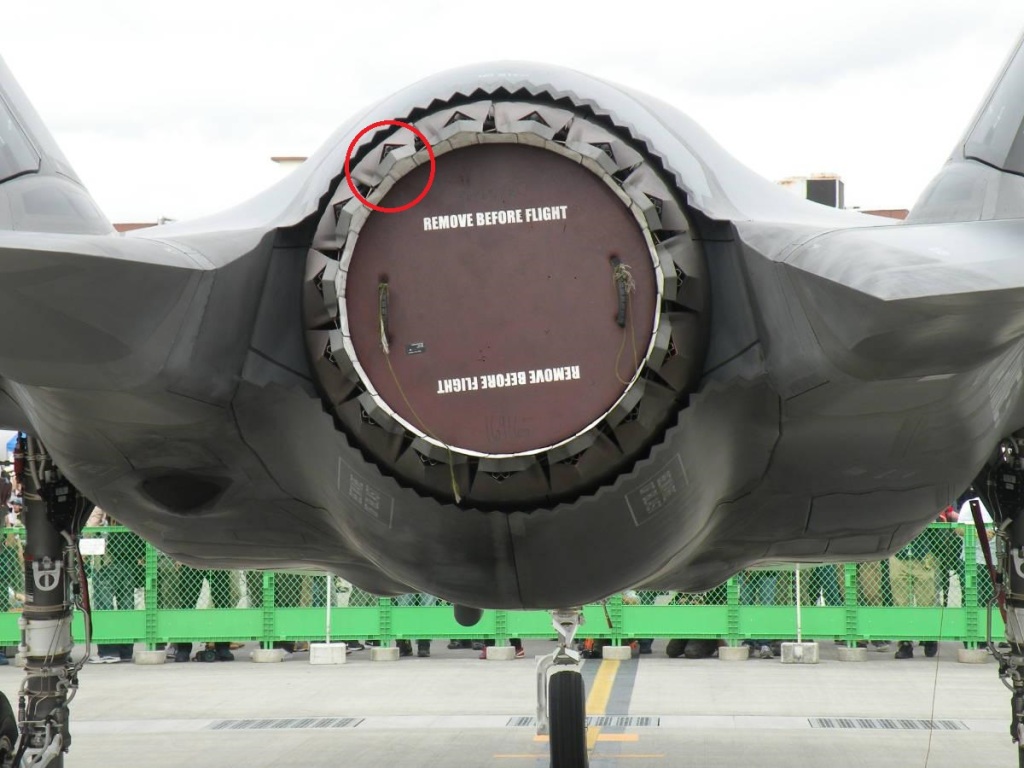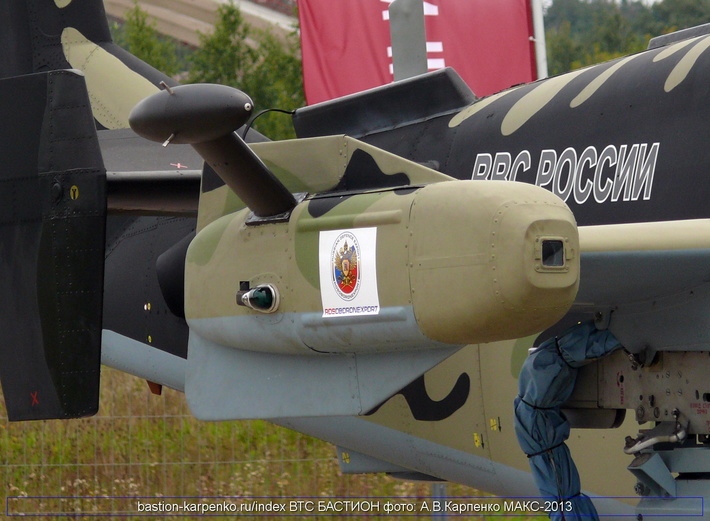Bahamut
New Member
- Joined
- Oct 31, 2015
- Messages
- 2,740
- Likes
- 2,259
It is on the tenth line of the article you postedIt's you who did not read the article well.
"xxx These nozzles further mask the engine hot parts while flattening the exhaust plume and generating vortices. xxx"
A flat exhaust plume spreads the exhaust heat in the atmosphere in a much wider space thus dissipating the heat resulting in cooler exhaust plume than in jets with concentrated (rounded) exhaust plumes.
But as I mentioned earlier, this IR signature reduction scheme makes significant difference on long ranges. On short ranges, it does not make much difference.
Interestingly, from F117, to B-2, to F-22 the exhaust plumes are flattened by flat exhaust nozzles or exits. The F-35 break the mold. This is one reason why observers conclude that at least on the aft section the F-35 is not as stealthy as F-22. But most conclude this is done to reduce cost since the conventional rounded nozzle in F-35 is much cheaper to construct than the more complicated exhausts of previous stealth planes.
These nozzles further mask the engine hot parts while flattening the exhaust plume and generating vortices.
That is due to a different technique (11 line of the article )A flat exhaust plume spreads the exhaust heat in the atmosphere in a much wider space thus dissipating the heat resulting in cooler exhaust plume than in jets with concentrated (rounded) exhaust plumes.
Minute holes are evident on their inner surfaces, likely providing bypass air for enhanced cooling.











